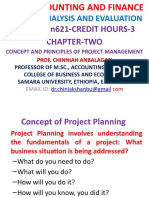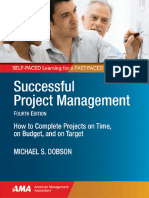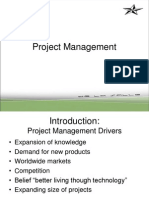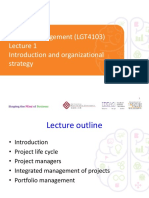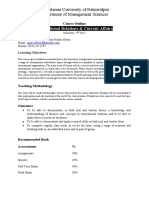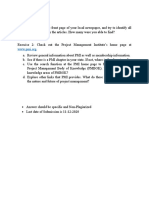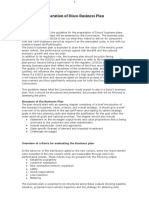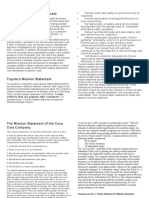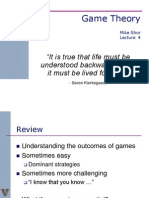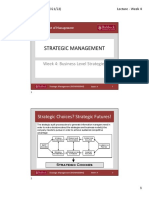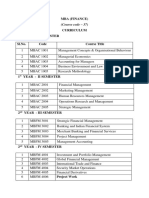0% found this document useful (0 votes)
101 views6 pagesProject Management Guidebook
This document provides an overview of project management concepts and processes. It discusses organizing projects within different structures, defining projects, estimating times and costs, developing project schedules, managing risk, scheduling resources, and being an effective project manager. The 7th edition was authored by Erik W. Larson and Clifford F. Gray of Oregon State University and published by McGraw Hill Education. It contains 10 chapters that cover modern project management fundamentals.
Uploaded by
Umar AbbasiCopyright
© © All Rights Reserved
We take content rights seriously. If you suspect this is your content, claim it here.
Available Formats
Download as PDF, TXT or read online on Scribd
0% found this document useful (0 votes)
101 views6 pagesProject Management Guidebook
This document provides an overview of project management concepts and processes. It discusses organizing projects within different structures, defining projects, estimating times and costs, developing project schedules, managing risk, scheduling resources, and being an effective project manager. The 7th edition was authored by Erik W. Larson and Clifford F. Gray of Oregon State University and published by McGraw Hill Education. It contains 10 chapters that cover modern project management fundamentals.
Uploaded by
Umar AbbasiCopyright
© © All Rights Reserved
We take content rights seriously. If you suspect this is your content, claim it here.
Available Formats
Download as PDF, TXT or read online on Scribd
/ 6









